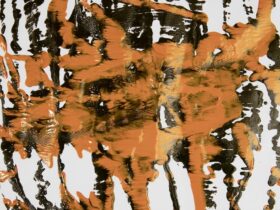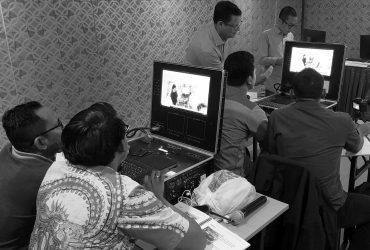The Darfur Genocide stands as a harrowing testament to the darkest aspects of humanity. This genocide, which unfolded in the early 2000s, remains a stark reminder of the brutality that can emerge from ethnic conflicts and political instability. In this article, we will delve into the origins, unfolding, and aftermath of the Darfur Genocide.

A Tragic Genesis
The Darfur Genocide had its roots in the complex socio-political landscape of Sudan. Darfur, a region in western Sudan, had long been home to a diverse mix of ethnic groups, primarily the Fur, Masalit, and Zaghawa peoples. Tensions flared when these groups felt marginalized and discriminated against by the Sudanese government, which was dominated by the Arab ethnic groups in the north.
The conflict escalated when rebel groups from the marginalized communities began to challenge the government’s authority, accusing it of neglect and oppression. In response, the Sudanese government, under President Omar al-Bashir, unleashed a brutal campaign against these rebels and their civilian supporters.
The Unfolding Horror
The Darfur Genocide witnessed a horrifying wave of violence, characterized by mass killings, sexual violence, forced displacement, and the systematic destruction of villages. The government-backed Janjaweed militia played a central role in carrying out these atrocities. Civilians, particularly women and children, suffered immensely, with countless lives lost and families torn apart.
Despite international condemnation and efforts to intervene, the violence in Darfur continued for years, resulting in hundreds of thousands of deaths and millions displaced from their homes. The world watched in horror as the humanitarian crisis unfolded, struggling to find a solution to end the suffering.
The Ongoing Struggle for Justice
In 2009, the International Criminal Court issued an arrest warrant for President Omar al-Bashir on charges of war crimes and crimes against humanity related to the Darfur Genocide. This marked a significant step towards accountability for those responsible. However, the path to justice and reconciliation remains fraught with challenges, and the scars of the genocide continue to affect the people of Darfur.
Conclusion
The Darfur Genocide serves as a haunting reminder of the capacity for cruelty within humanity. It is a stark illustration of how ethnic tensions, political instability, and indifference from the international community can lead to unspeakable atrocities. While some steps have been taken towards justice, the legacy of the Darfur Genocide remains, emphasizing the need for continued efforts to ensure accountability and prevent such horrors from occurring in the future.










